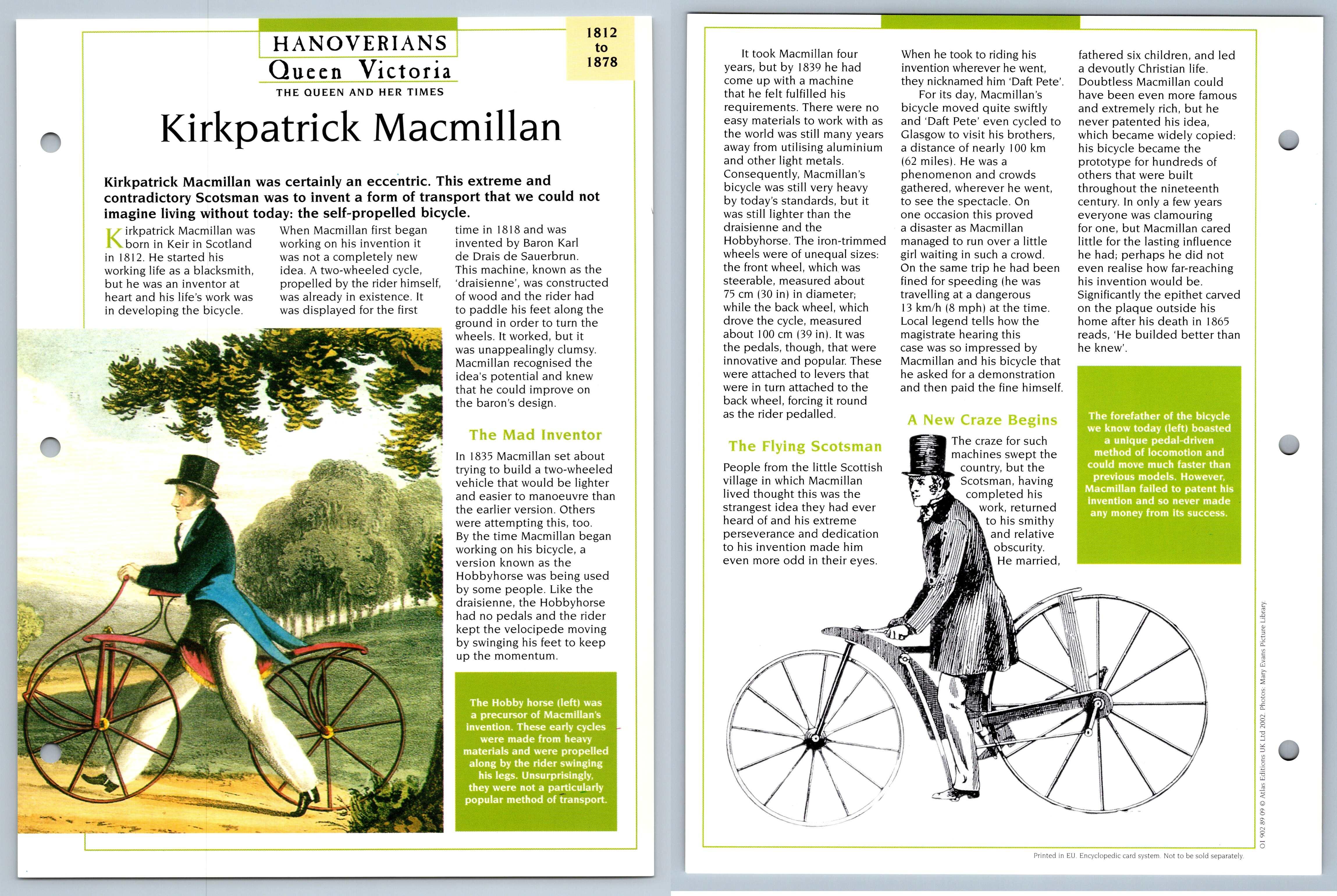- Thread starter
- #21
Patrick-Leigh
 Inkling
Inkling
The Stirling engine had a big problem:
"The need for Stirling engines to run at very high temperatures to maximize power and efficiency exposed limitations in the materials of the day, and the few engines that were built in those early years suffered unacceptably frequent failures (albeit with far less disastrous consequences than boiler explosions). For example, the Dundee foundry engine was replaced by a steam engine after three hot cylinder failures in four years." - Wikipedia
If those issues relating to materials could be addressed then the Stirling engine would be feasible. It might also be worth looking at why the Stirling engine still isn't widely used except by the Swedish navy in some of its submarines and a few other applications. Also, keep in mind the importance of cost as a factor when looking at such things. If it requires a lot of repairs or if it costs too much to run the rich will ditch them, even if it is more efficient than a steam or internal combustion engine.
The issues can be addressed (at a significant financial cost) with a combination of exotic materials, Transmutation, and the right Enchantments. I'm developing ideas for a metal that conducts heat very well without warping or melting to be used in the boilers of magical steam engines. That same material would logically be used in the Stirling engines to heat the gas in the cylinders. Transmutation could be used to reinforce all the material components of the engine so they are less likely to break down. An Anti-Friction Matrix could ensure that the wear and tear is further reduced and improve the efficiency of the engines to a significant degree. I could also throw in an exotic gas of some kind that expands more in response to less heat than conventional gases. Maybe the more exited the atoms/molecules become, the more they repel each other, increasing how much the gas expands while decreasing the heat requirement. Those are just a few ideas of how the efficiency and durability of the engines could be handled, but, of course, it would make the expense far higher. Thus, you'd really get what you paid for with these vehicles. A cheaper model is going to be more likely to break down while the most expensive models are going to running smoothly for decades with only occasional maintenance being required, at least on the engine. The wheels, brakes, suspension, shocks, lights, body, and so forth, might not be nearly as durable.

 Myth Weaver
Myth Weaver
 Minstrel
Minstrel


 Istar
Istar